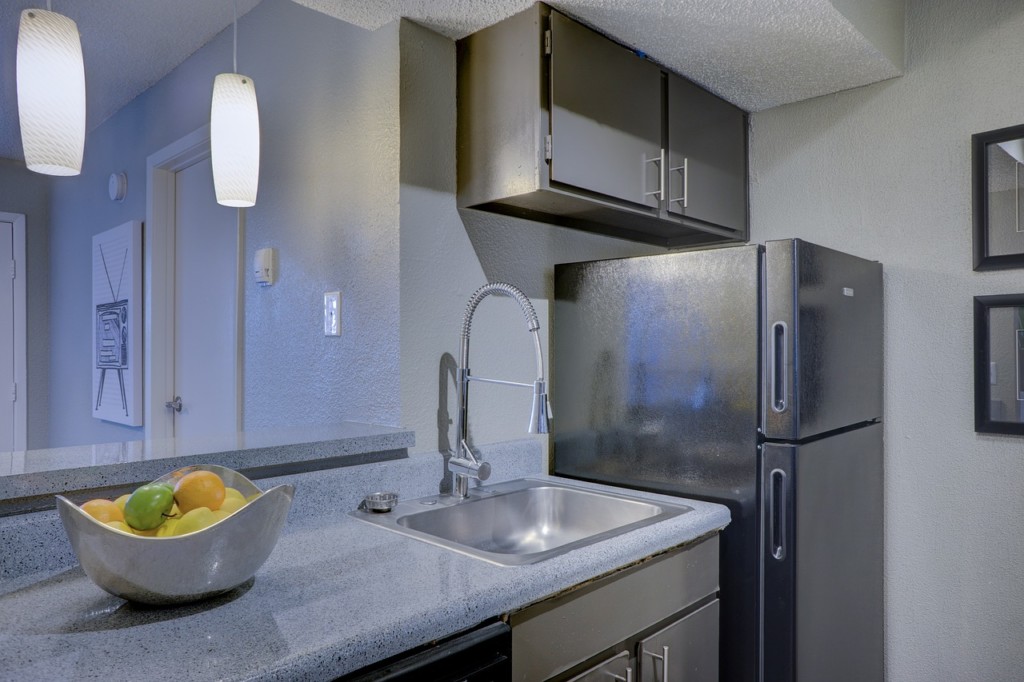 I recently attended a work shop for moms looking to de-clutter and de-stress their life.
I recently attended a work shop for moms looking to de-clutter and de-stress their life.
The speaker has devoted much of her recent years to pursuing a life of minimalism. While that word means different things to different people, her definition really resounded with me:
The intentional pursuing of what really matters in my life, and the letting go of all that does not contribute to that pursuit.
To accomplish this, she advised creating a word or vision to define your home. An important and personal first step, this can vary for each person or family. Words that came up in our discussion group included peace, calm, tranquility, happiness.
Words that many of us probably would not use to describe the current state of our homes.
What gets in the way of achieving this mental and physical state in the place where we spend most of our time? There are many reasons, some of them linked to anxiety, stress, leading a busy life, over-commitments, feeling overwhelmed or ill-equipped to make a change. Oh, and KIDS. Having children means you’re constantly shuffling shoes, coats, piles of clothes, toys, paperwork, etc.
The speaker encouraged us not to let these stressors get in our way of simplifying our homes and in turn, our lives. Focus on your defining word and throw away things that don’t align with that vision. She invigorated us to make steps towards a more simplified life with the promise we would feel calmer and more at peace with less stuff.
Because having less stuff leads to more: more time since you’re not cleaning up as much or as often, more space for the things that do matter, more energy (see less cleaning above), more peace and more focus. All of those things can exist in our psychological state too, if we could commit to having less things on our mental to-do list and therefore less stressors on our mind.
I walked away from that workshop feeling incentivized to make my home (and my mind) a less cluttered environment for myself and my family. My motivation stemmed from the fact that the clutter and piles and toys everywhere leave me stressed, irritable, and embarrassed that we have accumulated so much stuff.
The first step to effective de-cluttering is asking yourself some of the following questions when buying something new or deciding whether to keep items you already own:
- Does this item give me value currently? Or am I keeping this because it might have value some day? If no, toss it. Don’t hold on to it because it might mean something to you one day.
- Is this item currently useful or being used regularly? If the answer is no or you haven’t used in the past 6 months, toss it.
- For clothes or items you already own, ask yourself this: if I walked into the store today, would I buy it again? If the answer is no, toss it.
- Am I buying this purely because it’s on sale? If yes, don’t buy it.
- Am I keeping this for a future or past me? This one really stuck with me. Am I holding on to these jeans because a “future me” may fit into them again? Or because it reminds me of a thinner “past me?” Am I keeping this journal or book because it’s something I used to like or enjoy? As painful as it sounds, if it’s not useful for the “current you,” consider passing it along to someone for who might get more use from it.
- Am I attaching a person to the item? This is a difficult one, but remind yourself that the memory of a person doesn’t stay with the object, it lies within your heart. Getting rid of the item won’t erase the memory.
- Do I already have something else that has same function? If yes, then pick the one you use more often and donate the other.
- Can you admire something rather than own it? I find this one helpful when I’m at Target. I can admire the beautiful pillows and linens, cute mugs, and homey decor without having to own ALL of them. (Right? Just take deep breaths and keep walking).
Other helpful tips when you can’t decide whether an item should stay or go:
- Use the “dollar per use” theory. If you’re buying a pair of expensive boots that cost $400, ask yourself will I use it 400 times? Or, if you’re buying a kitchen appliance, ask yourself will you really use it regularly? If not, you just borrow that juicer from a friend when you need it.
- Think quality over quantity. This applies to a nice pair of jeans. It’s wiser to buy a nice pair of jeans once or twice a year that you can wear regularly without it falling apart rather than buying cheaper jeans more often that won’t last as long and need to be replaced sooner. You will likely spend the same total amount of money either way, so wouldn’t you rather have the quality item and take up less space?
- Work to eliminate choice fatigue. Just walk down the cereal aisle at Safeway and you’ll know what I’m talking about. We have way too many choices available at our fingertips. Studies show that having too many choices leads to burnout, frustration and unnecessary fatigue. Eliminate that stress by buying one (or two at the most) of any type of product. We don’t really need 5 boxes of cereal in our pantry, 3 types of coffee makers and 20 different t-shirts for our kids, do we?
So take a deep breath, choose your word or vision, and start sorting. Chances are you are only a few steps away from enjoying a more simplified and peaceful life.


















Love this! The struggle is real! Love the dollar per use theory. Really helps when thinking about the true value over price. Keep the posts coming!